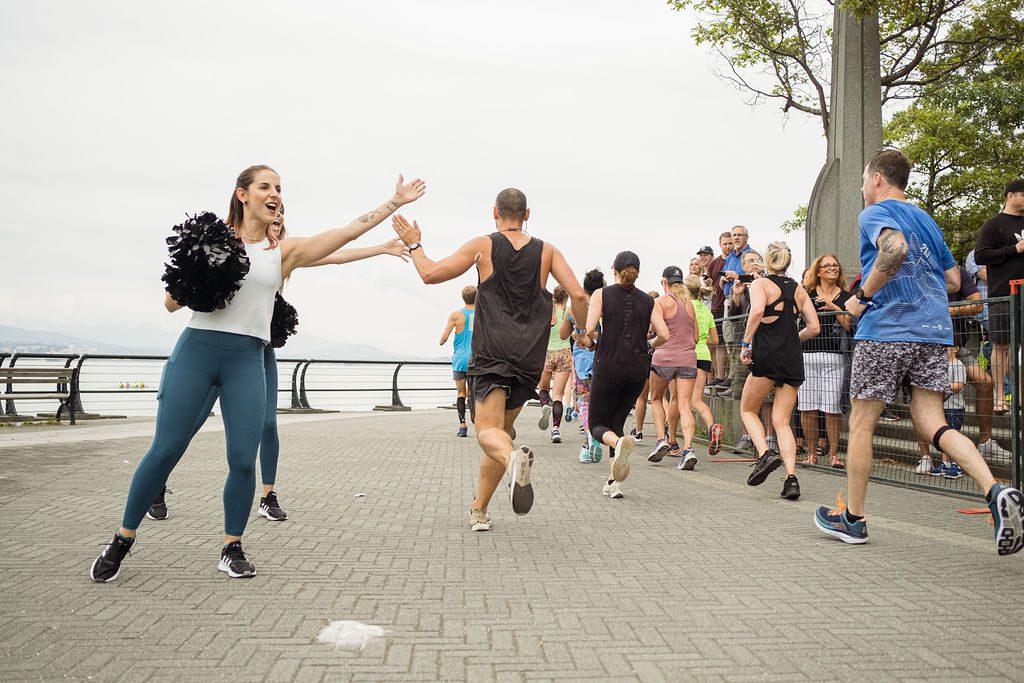How you should be warming up (but probably aren’t)
Why stretching doesn't need to be part of your pre-workout routine

Most people were taught by their sports coaches as kids that you should stretch before you exercise. That principle gets reinforced later in life by their running friends and coaches who believe that injuries are the inevitable result of insufficient stretching. But according to numerous studies dating back as far as 2003, stretching for runners (which leads to flexibility) is highly overrated.

The research
According to a literature review of several studies, there’s actually a correlation between lower levels of flexibility and better running economy. Running economy refers to the amount of energy expended to maintain a particular speed. A study on untrained runners found that participants with the lowest flexibility happened to have the most naturally economic running styles. Researchers believe that this was a result of low range of motion leading to better stabilization when the foot hits the ground. Basically, excessive range of motion means there’s more energy used to stabilize muscles, and lower range of motion eliminates that use of energy.
Researchers also found that stretching didn’t reduce the risk of overuse injuries commonly found in runners. Dutch researchers studied the effects of stretching on the prevalence of overuse injuries back in 1993, and found that the 10-week stretching program didn’t have an impact. A more recent study done on 1,000 military recruits reinforced these claims.

While the research suggests there isn’t a positive connection between stretching, flexibility, running economy and injury prevention, this doesn’t means runners should do nothing but run. So, the same way extreme flexibility won’t help performance, neither will extreme muscle tightness.
RELATED: Strength training exercises to improve running efficiency
What replaces stretching?
Poor range of motion and muscle imbalances are two of the main factors that can produce running injuries–but the research says that stretching isn’t the best way to address them. Instead of stretching, consider adding resistance training and activation into your weekly routine and warmup.
If stretching has been working for you for a long time, don’t fix what isn’t broken, but the research suggests not doing it just before you run–save the stretching for post-workout.
The ideal pre-workout warm up

The ideal running warmup includes activation, an easy jog and some drills for running form. Start your run with a quick activation routine (instead of a stretch). Canadian 5,000m Olympian Jess O’Connell swears by activation and always does 10 reps of dead bug, hip bridge and leg raises before she heads out the door. She explains, “With these exercises I’m not looking to build strength, I’m only looking to warm myself up. But, take your time here and be mindful of what you’re trying to activate. Know the intent of the exercise.”
After your activation is done, do a 10-minute jog at a very comfortable speed. Don’t worry about pace here–being warm at the end is all that matters. Finally, adding some running drills is going above and beyond (but if you have time, they really help). American professional marathoner Steph Bruce has a video that takes runners through her warmup and is a good template for your pre-run.
If you’re just going for an easy run, start your day with activation and let yourself work into your ideal running pace. Doing worry about the 10-minute warmup, just start out slowly and progressively get faster.


